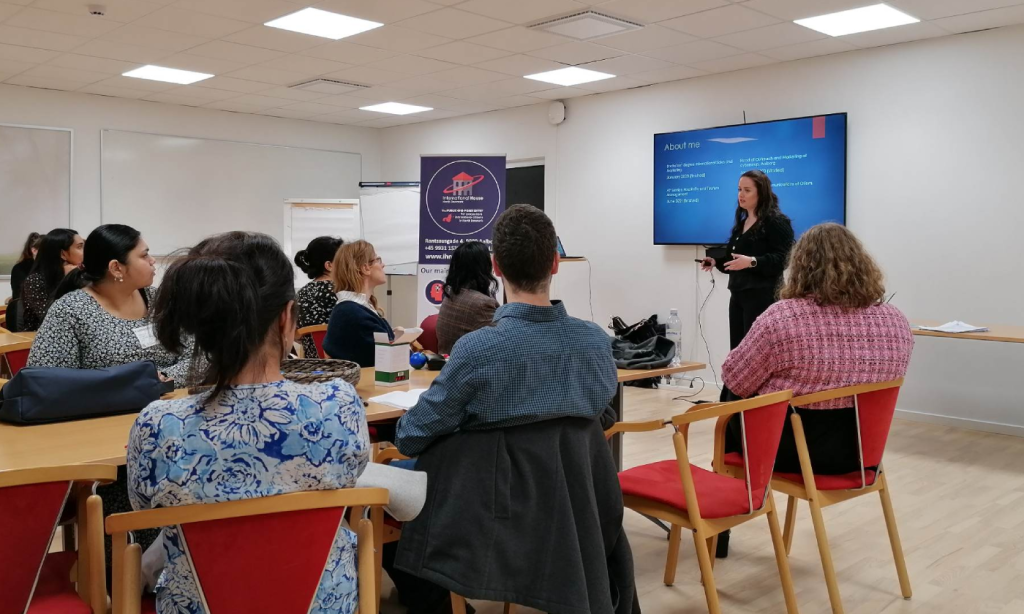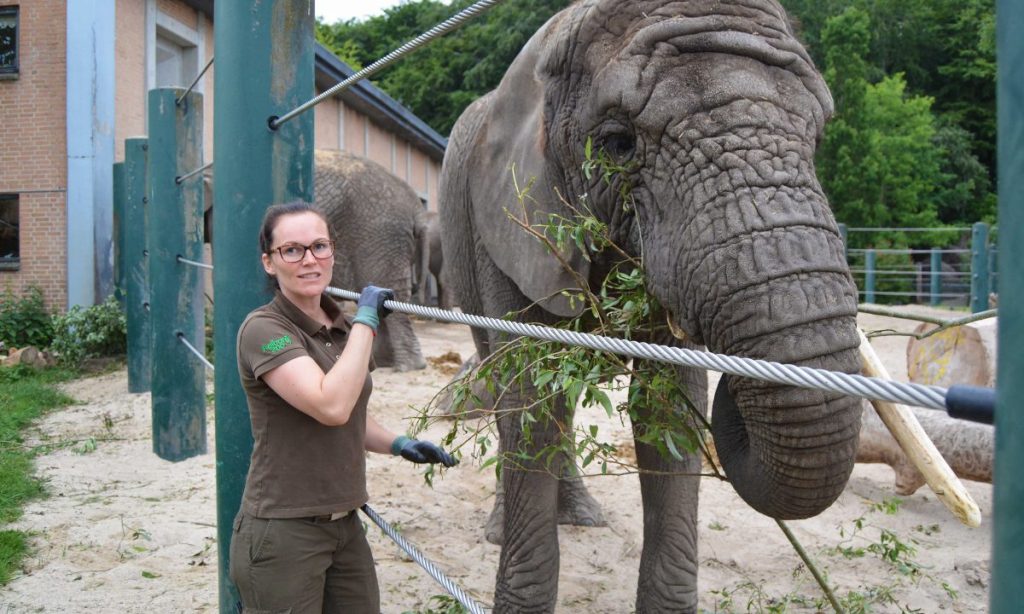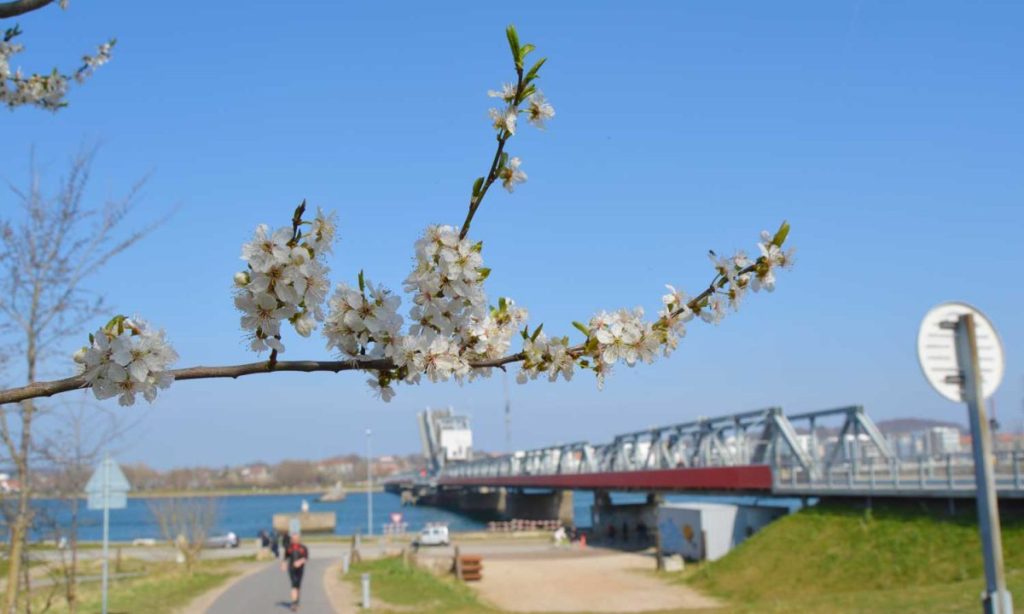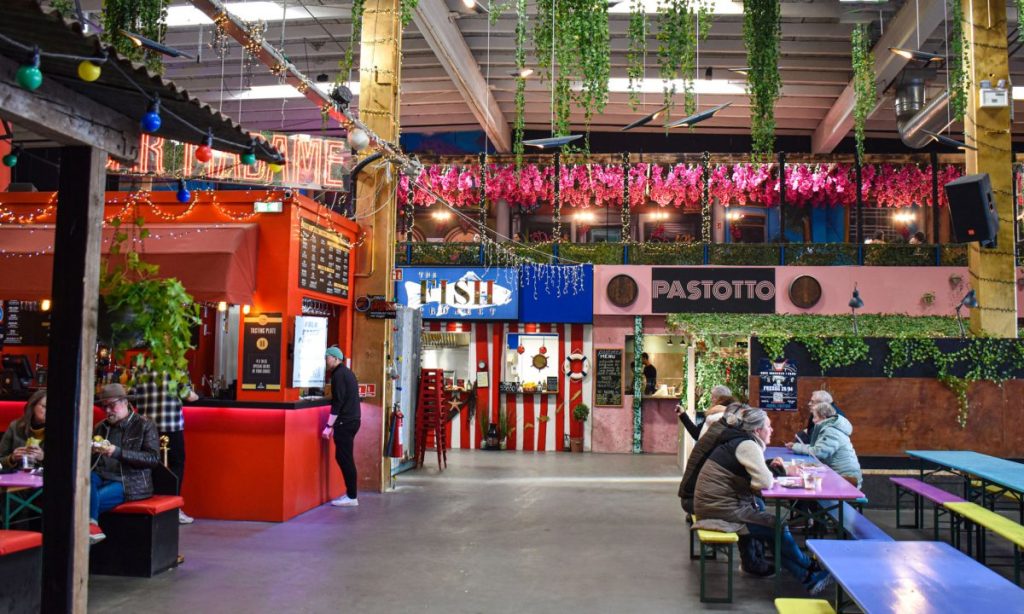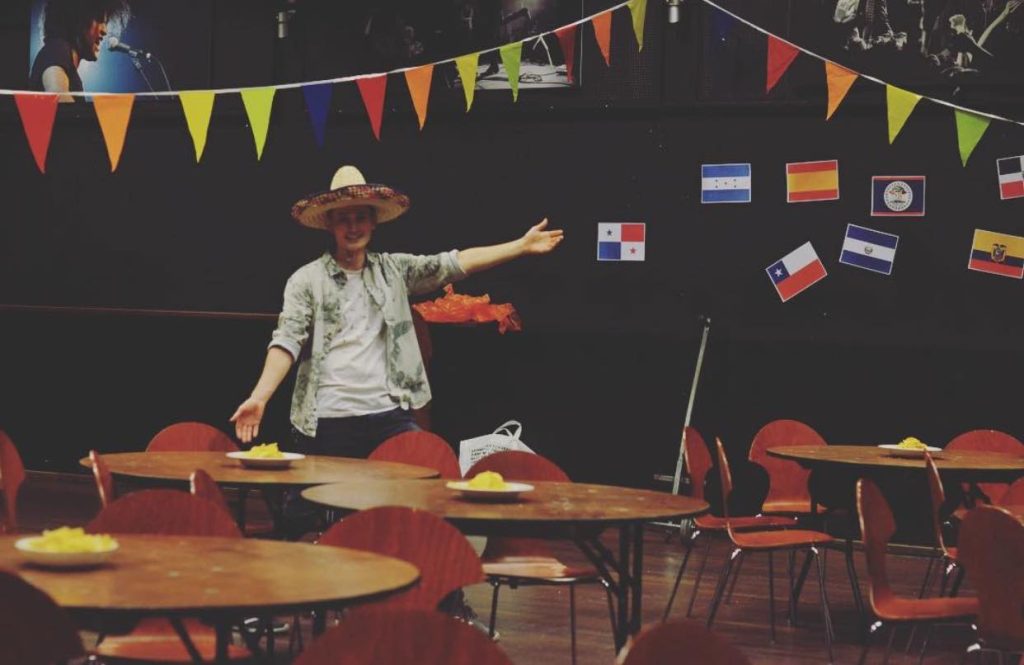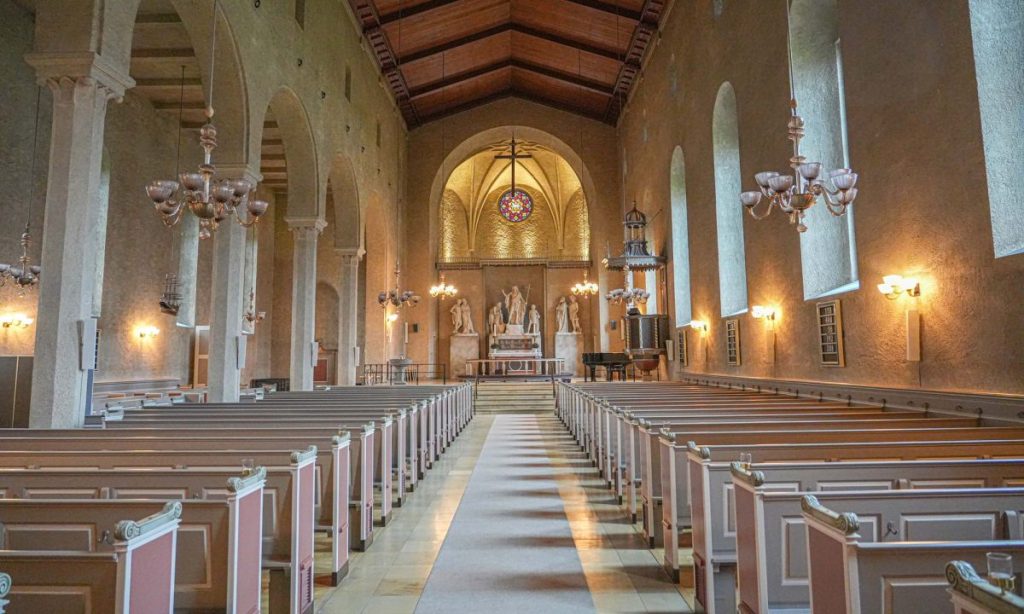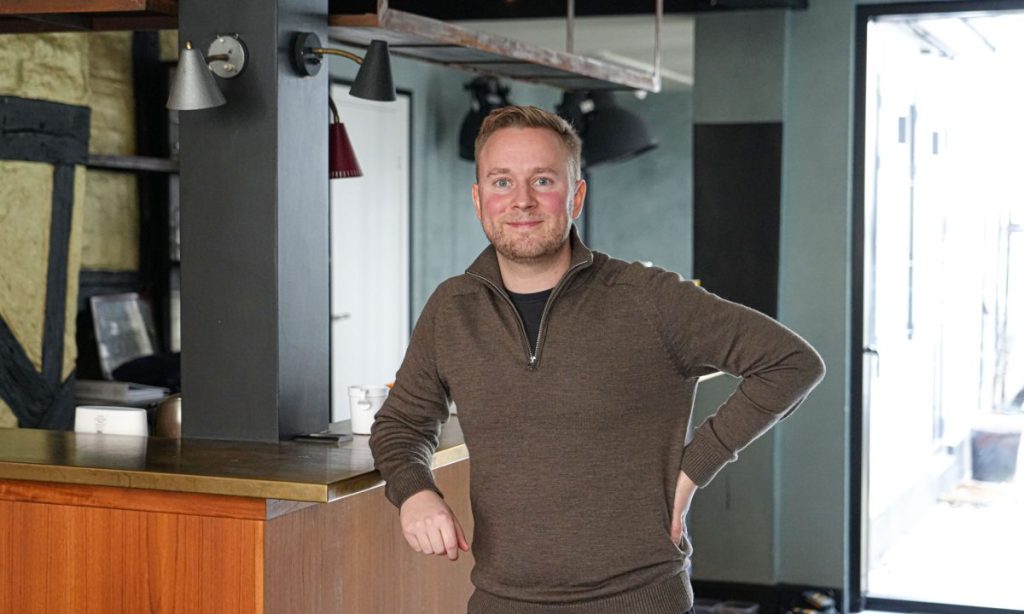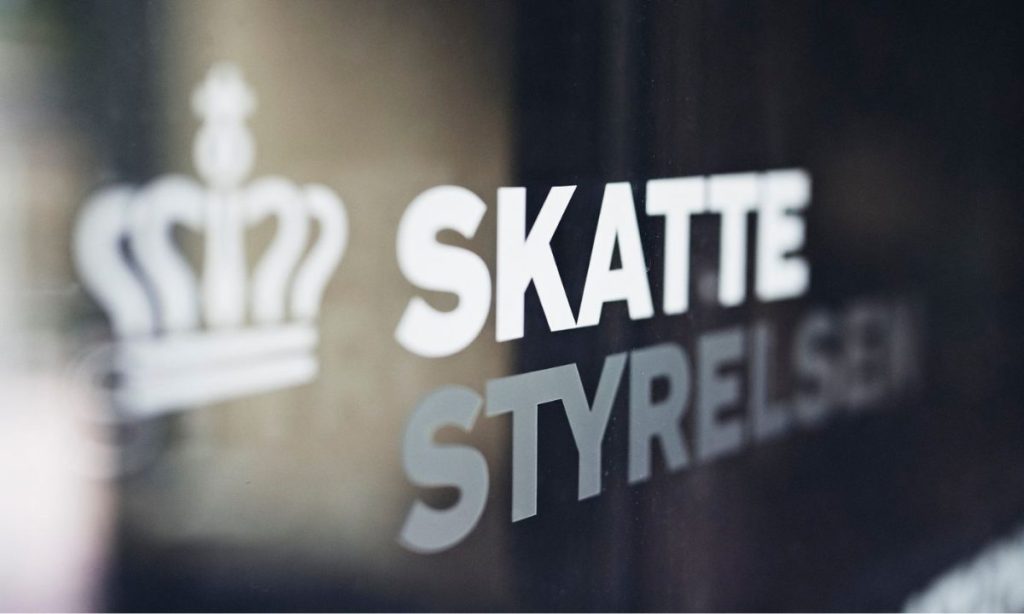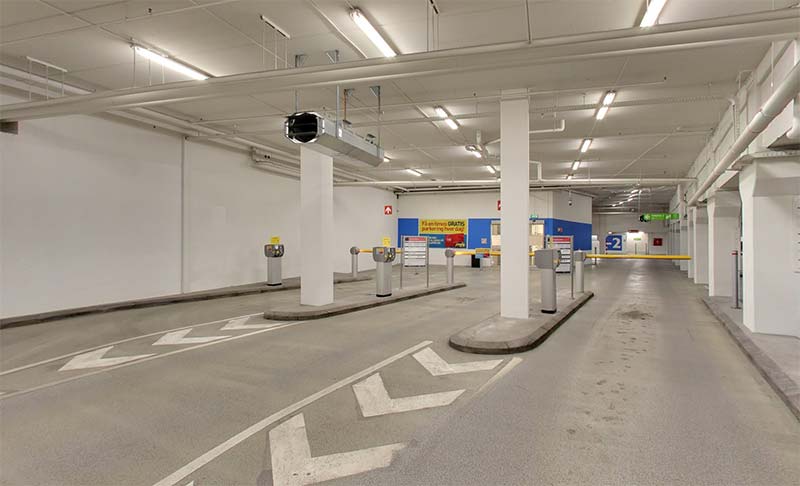God Påske!: Easter’s origins and how to celebrate it the Danish way

Despite the weather being as unpredictable as ever, spring has arrived even in the most northern parts of Nordjylland.
And with spring comes Easter – a meaningful Christian holiday for some, a short break with loads of chocolate for others.
What is Easter about?
While the English word “Easter” is of uncertain origin, the Danish word “Påske” is deducted from the Hebrew word “pesach” which can be loosely translated to “passing”.
Easter as a religious celebration existed before the advent of Christianity, but today is mostly associated with the Chrisitian tradition.
Practicing Christians remember and celebrate the resurrection of Jesus Christ on the third day after his crucifixion. In Denmark, Maundy Thursday (skærtorsdag), Good Friday (langefredag), Easter Sunday, and Easter Monday are public holidays.
Why the eggs and bunnies?
Why eggs have become such a central symbol of Easter around the world is not fully explained.
What we do know is that Christians have been dyeing eggs since the 17th century. In the Christian tradition, eggs were given as gifts to the poor during Easter – especially after the church services.
Today, easter eggs in the form of dyed or painted real eggs, decorations, and of course chocolate eggs can be spotted everywhere leading up to Easter.
The easter bunny (påskehåren), who is believed to hide eggs for children and adults to find, made its way to Denmark from Germany.
Why exactly a rabbit or bunny has become the symbol of Easter is not fully explained. However, one theory claims that rabbits’ comparably high fertility is the reason for them having become a symbol of spring, new beginnings and a fruitful agricultural year to come.
How to do påske Danish style
Like Christmas, for many people in Denmark – Christian or not – Easter presents an opportunity to visit friends and family around the country.
These visits often involve a feast made off a plethora of homemade delicacies. Some of the Danes’ all-time favorites are herring, eggs with mustard sauce, various dishes with fish, “tarteletter”, and lamb.
Other than food, there is Easter beer (Påskebryg/Påskeøl), which may only be sold from “P-dag” a few days before Easter. Be aware that påskeøl tends to be stronger than regular lager!
Luckily, you don’t have to be a big fan of beer, fish or lamb to invite the Danish Easter spirit into your home. Many people like to decorate their gardens, doorsteps and living rooms with spring flowers like lilies, anemones and snowdrops.
Did you know that the yellow lilies you can currently buy at supermarkets all around town are even called “påskeliljer” in Danish?
When it comes to fun activities, Danish Easter does not stop at easter egg hunts. A very old but still thriving tradition is that of “gækkebrev”.
A gækkebrev is a letter you send to someone, without disclosing your name. The recipient then has to guess whom the letter is from. If they guess correctly, the sender owes them a chocolate egg. If they can’t figure out who sent the letter to them, you may reveal yourself and in return receive a chocolate egg as a reward.
To make it a bit easier, you can give the reader of the letter a few hints about who you are.
At the bottom of each gækkebrev you send out, you can write “Mit navn det står med prikker”. This means “My name is written in dots” and should be followed by a line of dots – each dot representing one letter of your name.
If your name is Belinda, would therefore write: “Mit navn det står med prikker …….”. Traditionally, gækkebreve are written on pieces of paper that have previously been folded and cut into in order to give them a beautiful and unique outline and design.
Another fun activity is blowing out eggs and painting on them. Get yourself a raw egg, poke a hole into each side of the egg and blow out the contents. This requires some patience – as some say – a lot of technique and practice. But if you manage, you end up with eggs for your omelet and a natural canvas at once.
Is Easter celebrated in your home country? If yes, what are the traditions in your family?


